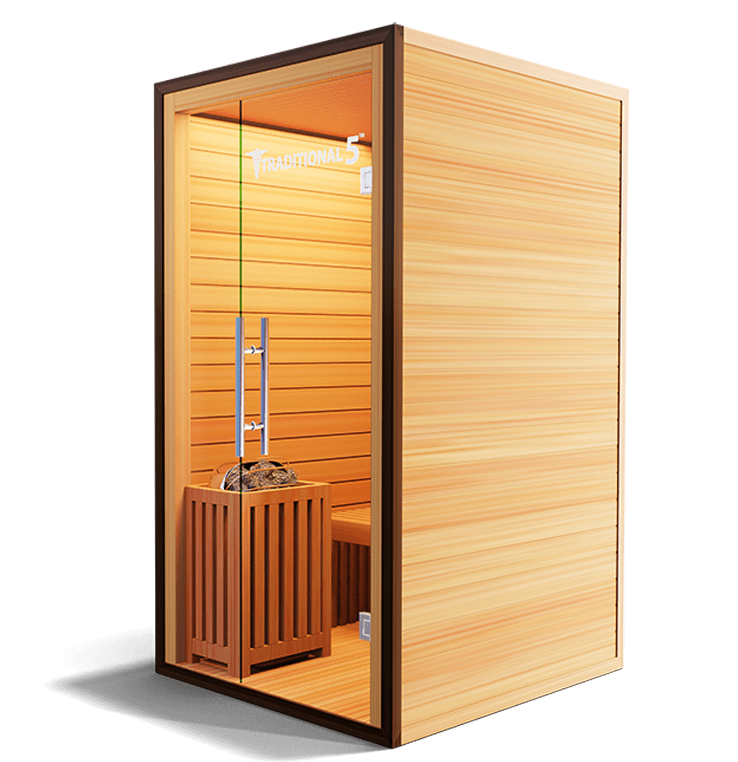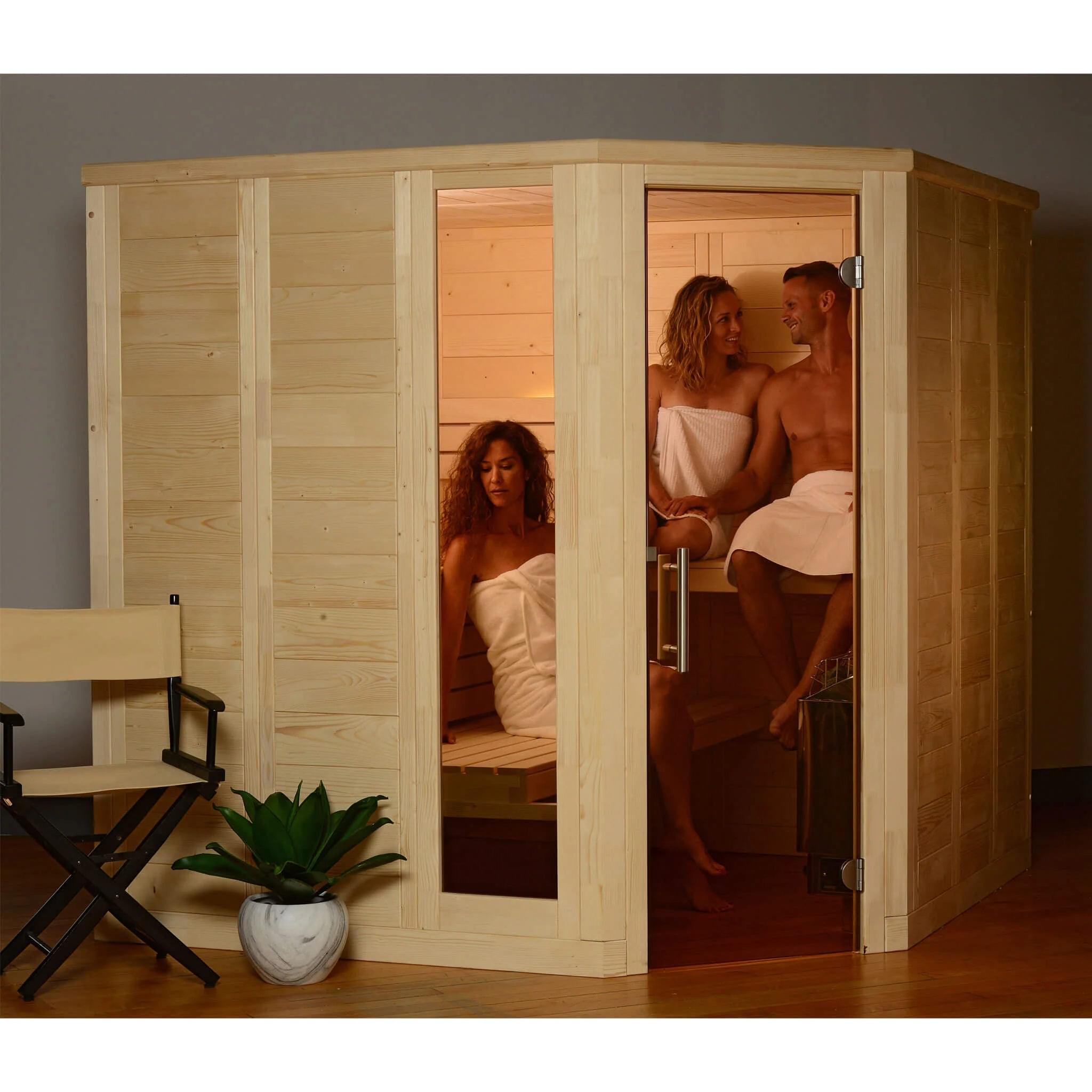The Traditional Sauna Ideas
The Traditional Sauna Ideas
Blog Article
Not known Incorrect Statements About Traditional Sauna
Table of ContentsThe Main Principles Of Traditional Sauna Some Of Traditional SaunaNot known Facts About Traditional SaunaUnknown Facts About Traditional Sauna7 Easy Facts About Traditional Sauna Described
The majority of the weight lost in a sauna is water loss and is re-gained upon rehydrating. However, without a doubt sauna can be a vital part of a healthy weight loss program. To look at the distinctions between typical and IR saunas, I will certainly divide these right into verifiable, academic, and produced distinctions.Thus, the best point in the saunawhich goes to the ceiling directly above the sauna heateris typically in between 185 and 190 F. Claims that a standard sauna exceeds 200 F is merely not true and not relevant for electric saunas marketed in the US. The temperature for a far-infrared sauna is generally set in between 120 and 140 F; however, unlike the conventional sauna, the goal in and IR area is not to accomplish a high temperature.
Due to this, the temperature distinction is virtually pointless, given that extreme sweating leads to both sauna kinds, but the approach of heating up the body is different. In an IR sauna the bather will certainly feel hot and will sweat a lot, but at much reduced temperature levels (Traditional Sauna). Therefore, if the objective is to invest longer periods of time in the sauna, the IR sauna is an excellent choice
When a conventional sauna has been properly warmed, the sauna wall surfaces are warm, the air temperature level has actually accomplished set temperature and the rocks are extremely warmed. As an intriguing side note, the heated walls and the rocks are discharging far-infrared heat, incorporated with the heated air, to develop an "enveloping warm".
The Definitive Guide to Traditional Sauna

When the high temperature is accomplished, the elements cycle on and off to maintain the high temperature. Most conventional sauna customers delight in putting water over the rocks to produce vapor to raise sauna moisture degrees. The benefits of pouring water over the rocks include: making the space a lot more comfortable, dampening the nasal flows, and allowing the usage of aromatherapy by blending essential oils with the water.

When the energy gets in the body, it triggers the body temperature level to boost and ultimately results in sweating. In an infrared sauna it is necessary for the emitters/heaters to continue to be on nearly constantly. Because there is no mass of rocks to preserve heat, the sauna will certainly cool down if the emitters shut down.
As mentioned above, the sauna bather in an infrared area wants to place himself in front of operating emitters to obtain optimal gain from the warm. The home heating time for the 2 areas can be very various, relying on just how the rooms are made use of. For a typical sauna, a bather must enable 30-40 mins for the space to achieve a wanted temperature and to correctly pre-heat the rocks.
The Basic Principles Of Traditional Sauna
A well built sauna will normally achieve a temperature level of 150-160 F in about 30-40 mins. For hotter temperature levels, the space might need to warm for a longer duration.

Conventional saunas tend to be bigger (for this reason make use of even more electrical power) go to the website than infrared saunas, although traditional saunas are certainly offered in one and 2 individual sizes. For a two-person typical sauna, 5x6 or 5x7 size is most popular. The leading bench can conveniently seat 2 or 3 people and is also long enough to rest throughout the sauna session.
What Does Traditional Sauna Do?
The average cost per kWH of power in the united state is approximately $0.11, so a 4.5 kW heater will set you back approximately $.50 to run for one hour, if the heater runs continuously for one hour. Usually a sauna heating system will certainly run for 75% of the initial hour and 50% of subsequent hours on given that the components cycle once the set temperature level is attained.

Finally, there is a seldom talked about difference in the social experience between both areas. While our society has actually lost several of the social advantage of the conventional sauna experience, it can be really socially gratifying (Traditional Sauna). From family time in the sauna, to heart-felt discussions with loved ones, to sauna partiesthe traditional sauna experience can bring about intimate socializing
The Single Strategy To Use For Traditional Sauna
Most greater end infrared rooms include tinted light therapy, audio systems and full-glass fronts.
Report this page